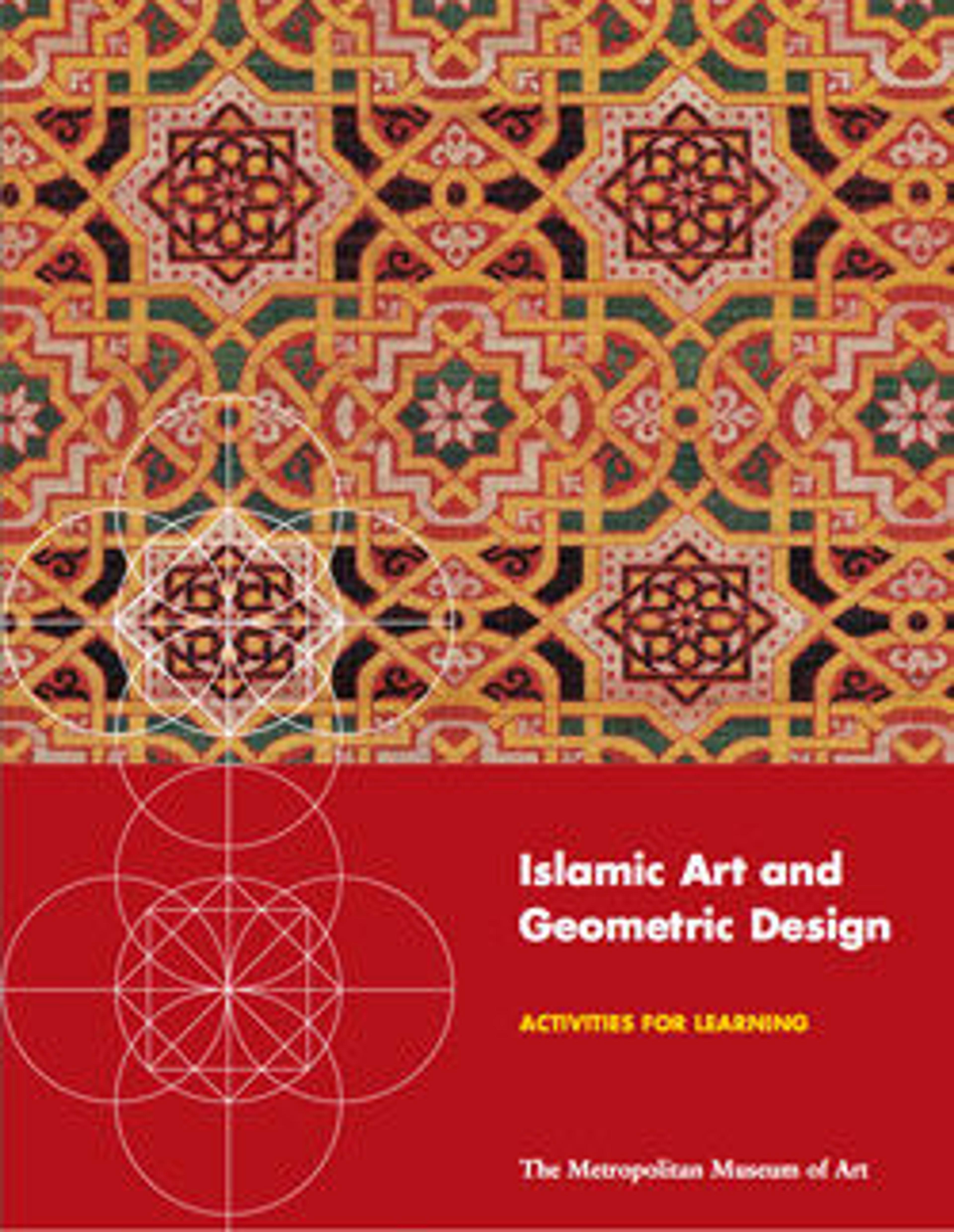Star-Shaped Tile
This eight-pointed star tile was once part of a panel of star- and cross-shaped tiles adorning the walls of an Ilkhanid building. Likely produced in the ceramic center of Kashan, it depicts the waq-waq design of a plant whose tendrils develop into the heads of animals, a feature which came into Iran during the Seljuq period. The Persian text running along the border of the tile is an excerpt from the Shahnama in which Rustam, one of the tale’s great heroes, is engaged in battle.
Artwork Details
- Title: Star-Shaped Tile
- Date: 13th–14th century
- Geography: Made in Iran, probably Kashan
- Medium: Stonepaste; inglaze painted in blue and turquoise and luster-painted on opaque white glaze
- Dimensions: H. 8 in. (20.3 cm)
W. 8 in (20.3 cm)
T. (Entire tile panel): 51 lb. (23.1 kg) - Classification: Ceramics-Tiles
- Credit Line: H.O. Havemeyer Collection, Gift of Horace Havemeyer, 1941
- Object Number: 41.165.11
- Curatorial Department: Islamic Art
More Artwork
Research Resources
The Met provides unparalleled resources for research and welcomes an international community of students and scholars. The Met's Open Access API is where creators and researchers can connect to the The Met collection. Open Access data and public domain images are available for unrestricted commercial and noncommercial use without permission or fee.
To request images under copyright and other restrictions, please use this Image Request form.
Feedback
We continue to research and examine historical and cultural context for objects in The Met collection. If you have comments or questions about this object record, please contact us using the form below. The Museum looks forward to receiving your comments.
